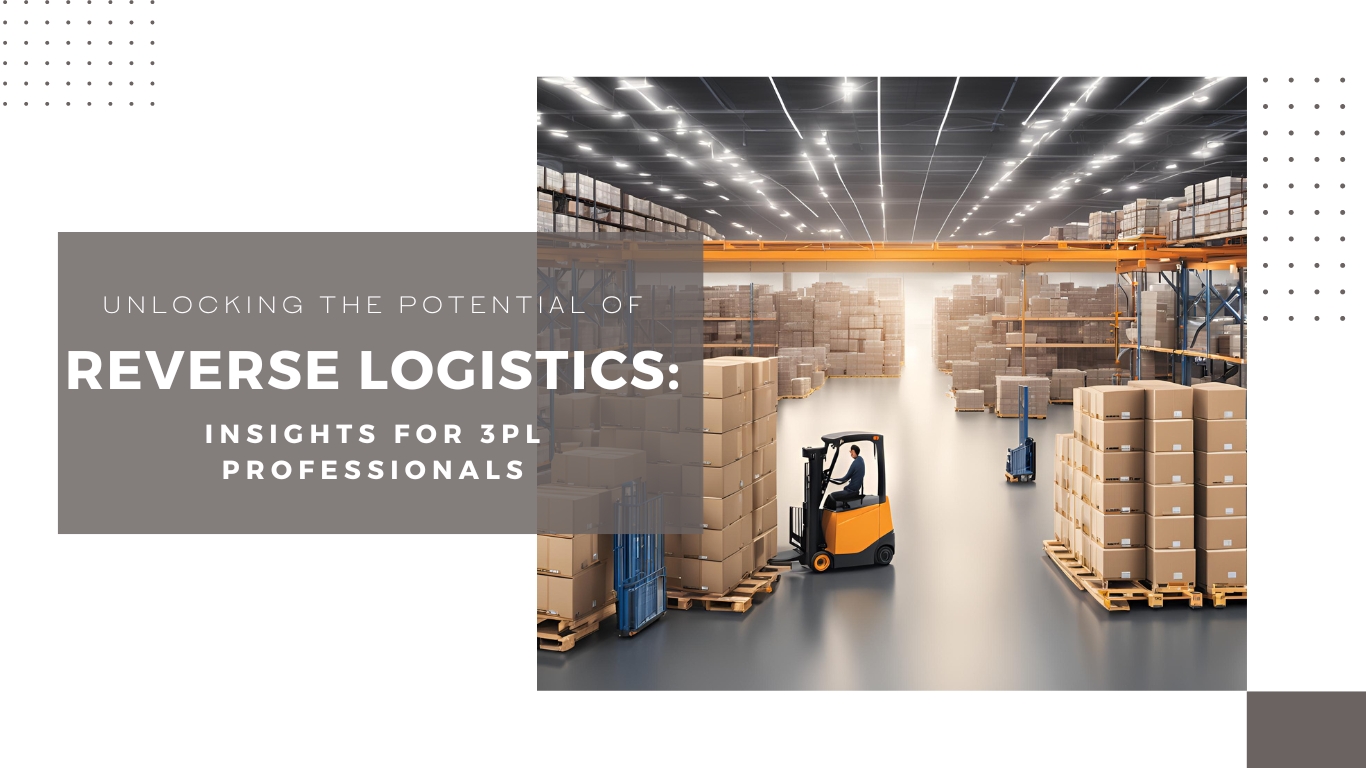Unlocking the Potential of Reverse Logistics: Insights for 3PL Professionals

In the fast-paced world of logistics, where efficiency and cost-effectiveness are paramount, one area that often gets overlooked is reverse logistics. However, as consumer expectations continue to evolve and product returns become more commonplace, the need for robust reverse logistics strategies has never been greater – especially for third-party logistics (3PL) providers.
Reverse logistics refers to the process of moving goods from the customer back to the seller or manufacturer, whether for repair, recycling, or proper disposal. While often seen as a necessary evil, smart 3PL professionals are starting to recognize the immense value that can be unlocked by optimizing reverse logistics operations.
Here are some key insights 3PL providers should keep in mind when it comes to leveraging reverse logistics:
1. Enhance the Customer Experience
Efficient reverse logistics can actually improve the overall customer experience. When product returns are handled quickly, seamlessly, and with minimal friction, it builds trust and loyalty. Customers appreciate hassle-free returns, and 3PLs that can deliver this will have a distinct competitive advantage.
2. Recover More Value
Rather than simply disposing of returned items, 3PLs should focus on extracting maximum value from the reverse flow of goods. This could involve refurbishing, repackaging, or reselling returned products through secondary channels. By recapturing this value, 3PLs can boost their bottom line and offer more cost-effective solutions to clients.
3. Optimize Logistics Networks
Effective reverse logistics requires a deep understanding of the entire supply chain network. 3PLs must analyze data, identify inefficiencies, and redesign their networks to accommodate the unique requirements of returns processing. This may involve establishing dedicated reverse logistics hubs, streamlining transportation routes, and enhancing communication with all stakeholders.
4. Leverage Technology
Embracing the right technologies is crucial for 3PLs looking to excel in reverse logistics. Tools like automated returns processing, blockchain-powered traceability, and AI-driven forecasting can help maximize visibility, reduce errors, and drive continuous improvements. Moreover, integrating reverse logistics systems like eComGlobus with existing order management and warehouse management platforms can create a seamless, end-to-end experience.
5. Foster Collaboration
Reverse logistics often requires close coordination between 3PLs, retailers, manufacturers, and other supply chain partners. 3PLs should focus on building strong collaborative relationships, sharing data, and aligning incentives to optimize the overall reverse logistics ecosystem. This level of cooperation can unlock valuable insights and unlock new opportunities for value creation.
As the e-commerce boom continues to drive up product return rates, the importance of reverse logistics will only grow. 3PL providers that can master this complex but crucial aspect of supply chain management will be well-positioned to differentiate themselves, enhance customer loyalty, and unlock new revenue streams.
Conclusion
By keeping these insights in mind, 3PL providers can transform reverse logistics from a necessary hassle into a strategic advantage – one that boosts efficiency, reduces costs, and delivers exceptional value to their clients. Embracing advanced technologies, fostering strong partnerships, and continuously improving processes will position 3PLs to effectively manage the complexities of reverse logistics and meet the evolving needs of their clients.
